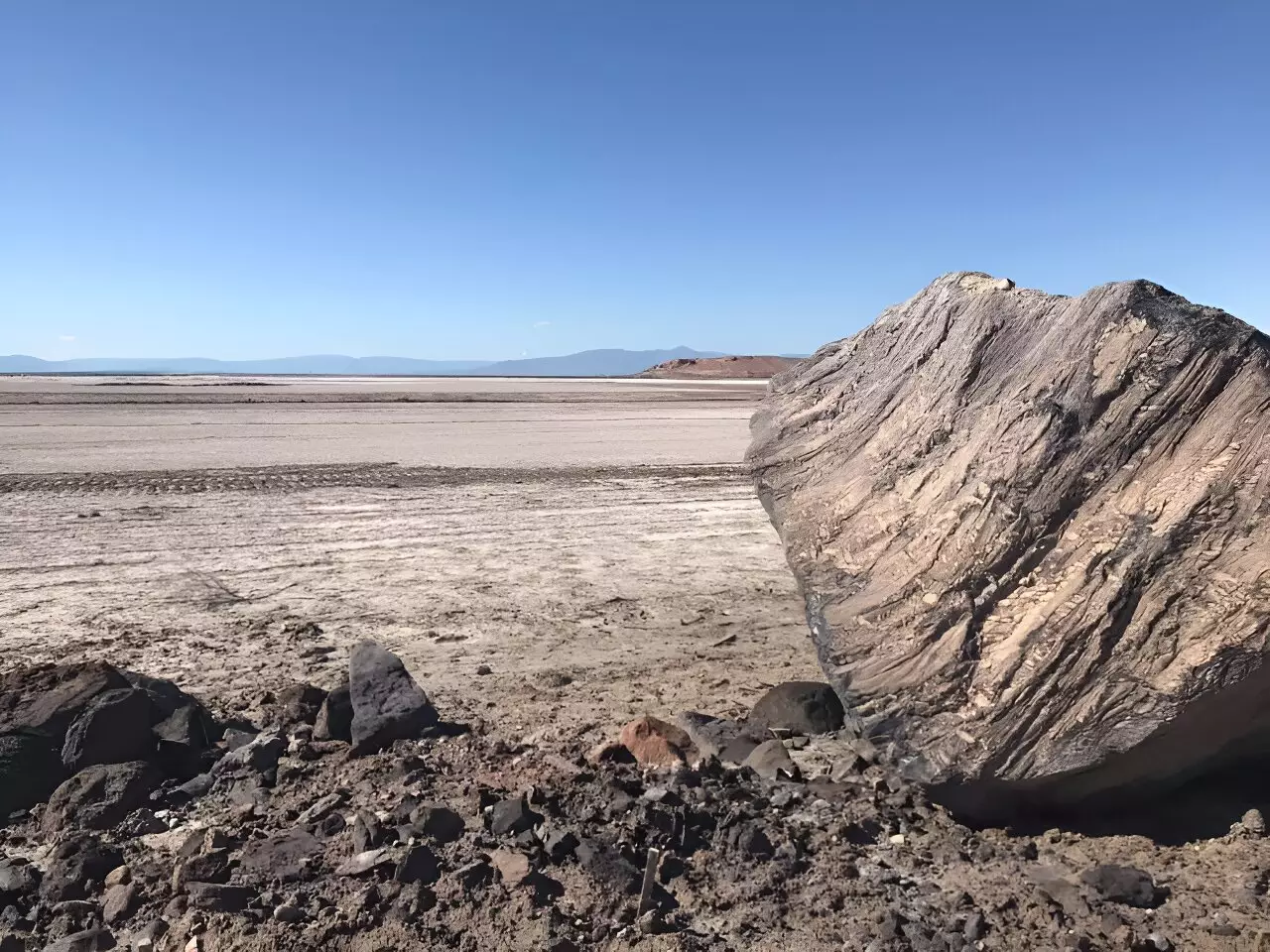The Salton Sea, which was formed in 1905 due to an overflow of the Colorado River, has been shrinking for years. The reduced flows into the lake have led to various environmental and health issues in nearby communities. A recent study published in the American Journal of Agricultural Economics sheds light on the impacts of dust from the exposed lakebed on air pollution in the region, particularly affecting disadvantaged communities.
The Salton Sea was primarily fed by water runoff from agricultural operations for almost a century. However, as water demand in southern California increased, water diversions were made to meet urban needs, reducing the amount of water flowing into the lake. This reduction in water flow led to an increase in the lake’s salt content, harming wildlife habitats and creating localized air pollution. The Imperial Irrigation District, the largest user of Colorado River water, played a crucial role in diverting water to San Diego for urban use, exacerbating the environmental issues around the Salton Sea.
The research conducted by Eric Edwards and his team used a particle transport model to study the effects of changing water diversions on particulate pollution. They found that fine particulate matter, which can cause respiratory issues when inhaled, was associated with higher air pollution readings after water diversions to the Salton Sea were reduced in 2011. By modeling lakebed exposure and analyzing air pollution data over a 20-year period, the researchers were able to pinpoint the areas most affected by the dust from the exposed lakebed.
The study revealed that disadvantaged communities near the Salton Sea have borne the brunt of the increased air pollution caused by the dust from the exposed lakebed. The fine particulate matter emitted from the playa is more susceptible to wind erosion, leading to higher dust emissions in the region. This poses serious health consequences for the residents of these communities, especially those with pre-existing health conditions such as asthma.
Edwards emphasizes the importance of policymakers and regulators considering the health and environmental impacts of water diversions in the region. The drying up of the Salton Sea not only affects wildlife habitats but also has serious health implications for nearby communities. It is crucial for decision-makers to take into account the disproportionate impact of environmental changes on disadvantaged populations and implement policies that prioritize their health and well-being.
The shrinking of the Salton Sea and the resulting increase in dust emissions have led to elevated air pollution levels in nearby communities, particularly affecting disadvantaged populations. This highlights the urgent need for sustainable water management practices and environmental restoration efforts to mitigate the adverse impacts on both human health and the ecosystem. By addressing these issues proactively, we can work towards creating a healthier environment for all residents of the Salton Sea region.


Leave a Reply